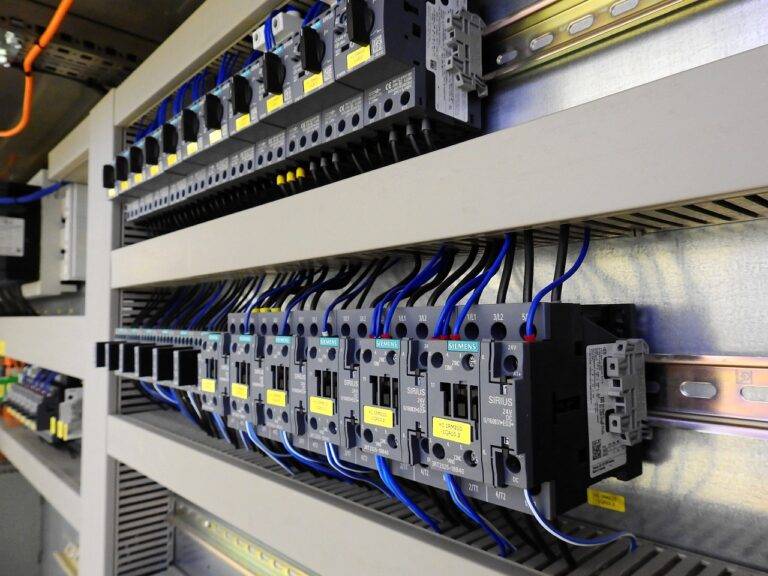Exploring the Potential of 6G Networks
The rapid development of wireless networks has revolutionized how we communicate and connect in our daily lives. From the early days of 1G networks enabling basic voice calls to the current 5G networks empowering ultra-fast internet speeds, each generation has brought significant improvements in speed, reliability, and coverage. This evolution has not only changed how we use our devices but has also paved the way for innovative technologies like the Internet of Things (IoT) and autonomous vehicles.
With the ongoing demand for faster and more reliable connectivity, the upcoming 6G networks promise to push the boundaries even further. Expected to provide blazing speeds of up to 1 terabyte per second, 6G networks aim to enable futuristic applications such as holographic communication, advanced augmented reality experiences, and seamless connectivity in remote locations. As we look towards the future, the evolution of wireless networks continues to drive technological advancements and shape the way we interact with the world around us.
Key Features of 6G Networks
6G networks are anticipated to revolutionize the way we connect and communicate, offering a wide array of innovative features. One key feature of 6G networks is their ultra-high data speeds, expected to surpass even the capabilities of 5G networks. This will enable faster downloads, smoother streaming, and seamless connectivity for users across various devices.
Another prominent feature of 6G networks is their ultra-low latency, significantly reducing the delay in data transmission. This will pave the way for real-time communication and interactions, making technologies like virtual reality, augmented reality, and autonomous vehicles more efficient and reliable. The ultra-low latency of 6G networks is poised to enhance user experience and open up new possibilities for applications that require instantaneous data processing.
What is the main difference between 6G networks and previous generations?
6G networks are expected to provide faster speeds, lower latency, higher capacity, and better reliability compared to previous generations.
How will 6G networks impact the Internet of Things (IoT)?
6G networks are expected to greatly enhance the capabilities of IoT devices by providing more stable connections and faster data transfer speeds.
Will 6G networks be more secure than previous generations?
It is expected that 6G networks will have enhanced security features to protect against cyber threats and ensure the privacy of users.
When can we expect 6G networks to be widely available?
It is predicted that 6G networks will start to be deployed around 2030, with full commercial availability expected in the following years.
How will 6G networks benefit industries such as healthcare and transportation?
6G networks are expected to enable advanced applications in healthcare, such as remote surgery, and improve transportation systems with better connectivity and communication between vehicles.





